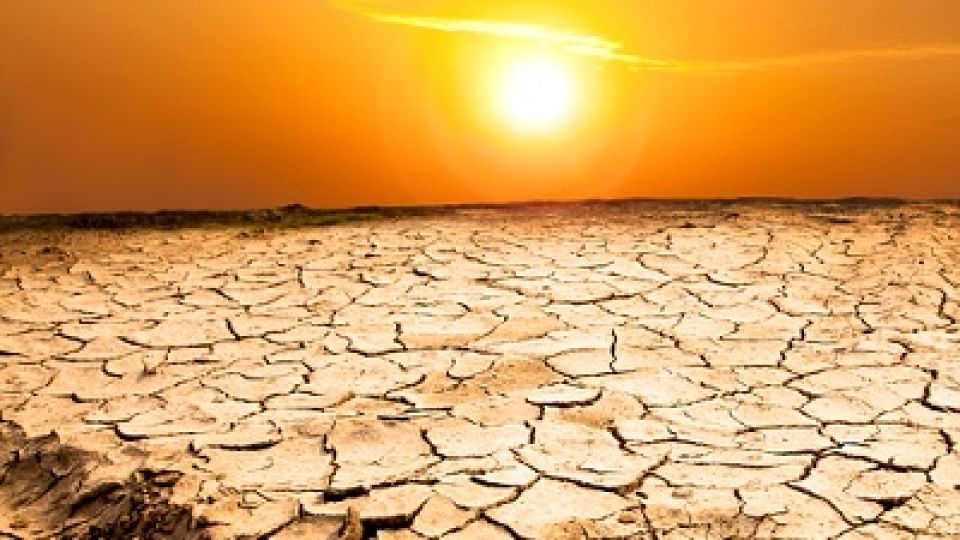from PEDRO AGOSTO in Luanda, Angola
Angola Bureau
LUANDA, (CAJ News) – THE driest mid-season spell in over 100 years, marked by lowest rainfall in 40 years and exacerbated by an El Niño phenomenon, is impacting large parts of Southern Africa.
The Regional Interagency Standing Committee (RIASCO) and United Nations Office for the Coordination of Humanitarian Affairs (OCHA) warn that urgent action is needed before July to avert catastrophic consequences for the population.
In addition to significant food insecurity levels, there is unprecedented water scarcity affecting people, livestock and wildlife.
The late January to early March mid-season dry spell characterized by heatwaves and temperatures five degrees above average – has led to the declaration of national disasters in Malawi, Zambia and Zimbabwe.
It has impacted large parts of Angola, Botswana, Madagascar, Mozambique, Namibia and South Africa.
The aforementioned agencies forecast a likelihood of more countries declaring a national emergency as the coping capacity of affected communities, particularly around access to food, water and livelihood, is eroded.
El Niño conditions have also caused heavy rains and flooding in Madagascar, Mozambique, Malawi and Zambia displacing thousands of people, with Madagascar declaring a national disaster due to Tropical Storm Gamane in March.
At least 6,6 million people require urgent humanitarian assistance in Zambia as well as nearly 9 million in Malawi and 2,7 million people in Zimbabwe.
OCHA and RIASCO predict food insecurity levels would increase dramatically during the regular lean season which typically starts in October but may start as early as July this year.
The impact of the dry spell on food security is severe in a region where 70 per cent of smallholder farmers rely on rain-fed agriculture for their livelihood.
“The number of countries and people requiring food assistance will grow, as more communities deplete their provisions and as food prices continue to rise,” agencies warned from Angola.
Food prices are significantly rising in many drought-affected areas.
The highest food inflation rates in the region stand at 84 percent in Zimbabwe, 42 percent in Malawi and 25 percent in Angola as of March 2024.
Southern Africa already has concerning nutrition indicators with a third of children stunted.
An estimated 21 million children under five years are stunted in the region, which is an increase from 18,6 million reported in 2022.
This is unfolding when the region is grappling with one of the worst cholera outbreaks in decades. Zimbabwe and Zambia jointly account for 86 percent of all reported cholera cases in the region in 2024.
Over 9 000 drought-related cattle deaths have been reported in Botswana, Namibia, Zambia and Zimbabwe between October 2023 and February 2024.
As animals increasingly share the same water sources with affected people, human animal conflict has been reported.
“Time is of the essence, unless response is urgently scaled up, millions of people in the region will slide into worse levels of acute food insecurity and malnutrition,” OCHA and RIASCO appealed.
– CAJ News

